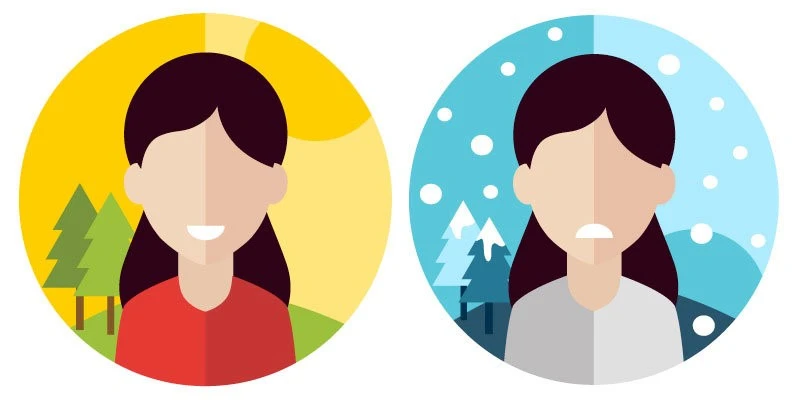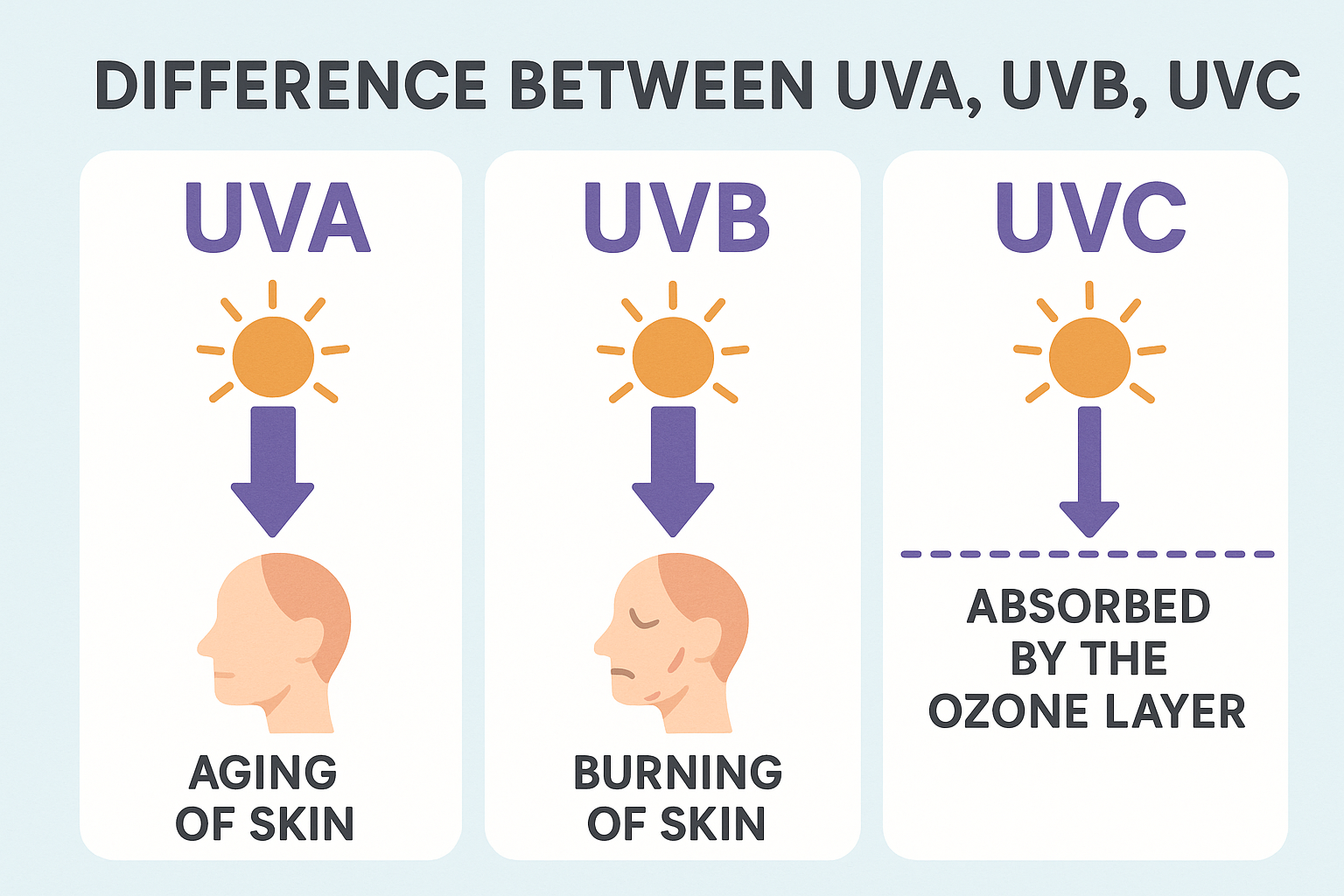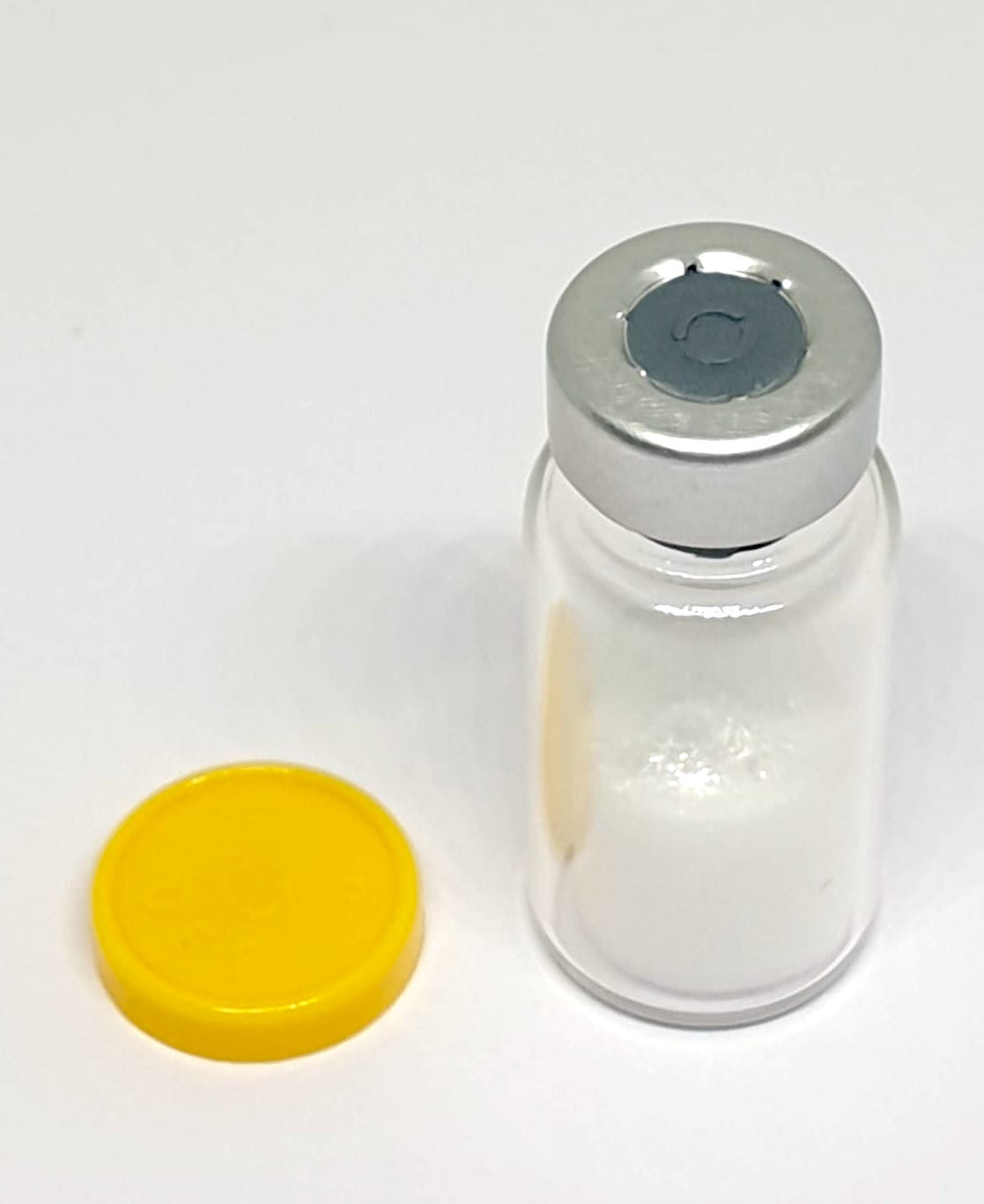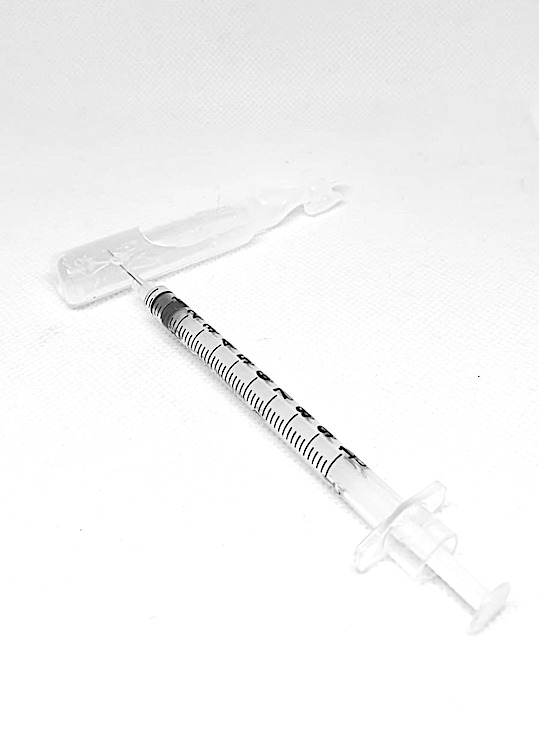
A Guide to Seasonal Affective Disorder (SAD)
A Guide to Seasonal Affective Disorder (SAD)
Do you feel persistent sadness or low energy as the days shorten and the weather gets colder? You might be experiencing Seasonal Affective Disorder (SAD), a form of depression that follows a seasonal pattern typically starting in the fall and lasting through the winter months.
Recognising SAD Symptoms
SAD shares similarities with depression but manifests more prominently during the winter season. Common symptoms associated with SAD include:
- Feeling sad, moody, or anxious: Individuals with SAD might experience long-lasting feelings of sadness or irritability, coupled with increased anxiety levels.
- Loss of interest in activities: A reduced inclination or pleasure in once-enjoyable activities is a common symptom of SAD.
- Fatigue and low energy levels: SAD can leave individuals feeling tired or with consistently low energy levels, irrespective of sufficient sleep.
- Sleep disturbances: SAD may disrupt the sleep-wake cycle, leading to struggles with insomnia or excessive sleepiness.
- Changes in appetite: Increased cravings for carbohydrates and overeating are often associated with SAD, potentially leading to weight gain.
- Difficulty concentrating: Individuals with SAD might encounter challenges concentrating, making decisions, or remembering things.
- Feelings of worthlessness or hopelessness: SAD can trigger negative thoughts and feelings of low self-worth or hopelessness.
- Physical symptoms: Some individuals with SAD may experience physical symptoms such as muscle aches, joint pain, and headaches.
Who does SAD Affect?
SAD affects around 5% of the US population, with symptoms typically emerging in young adulthood. Women are four times more likely to experience SAD than men. Moreover, regions farther from the equator, with fewer daylight hours in winter, have a higher prevalence of SAD.
Understanding the Causes of SAD
Although not fully understood, SAD is believed to stem from a combination of biological, genetic, and environmental factors. Reduced exposure to sunlight during winter is thought to disrupt the body’s internal clock (circadian rhythm) and impact neurotransmitter balance in the brain, particularly serotonin.
Treating SAD
Several treatment options exist for individuals dealing with SAD. Light therapy, also known as phototherapy, involves sitting in front of a lightbox that emits bright light for a designated period each day. This light mimics natural sunlight and helps regulate the body’s internal clock. Light therapy has proven effective in reducing SAD symptoms.
In addition to light therapy, other treatment options include:
- Talk therapy: Cognitive-behavioral therapy (CBT) and other therapeutic approaches can assist individuals in identifying and modifying negative thought patterns and behaviors linked to SAD.
- Medication: Medical professionals may prescribe antidepressant medications, including selective serotonin reuptake inhibitors (SSRIs), to help manage SAD symptoms. These medications help regulate neurotransmitter levels in the brain.
Coping with SAD
In addition to professional treatment, various coping strategies can aid in managing SAD symptoms:
- Increase physical activity: Engaging in regular exercise, such as yoga, walking, or other forms of physical activity, has shown to boost mood and energy levels.
- Practice good sleep habits: Establishing a consistent sleep schedule and creating a sleep-friendly environment can enhance sleep quality and regulate the sleep-wake cycle.
- Spend time outdoors in daylight: Whenever daylight is available, make an effort to spend time outside to increase exposure to natural sunlight, even on cloudy days. Opening curtains or blinds can also help let in natural light at home.
- Maintain a healthy diet: Consuming a well-balanced diet with ample fruits, vegetables, and whole grains supports overall well-being. Avoiding excessive consumption of sugary and processed foods can help prevent fatigue and low energy levels.
- Seek social support: Reaching out to friends, family, or support groups for emotional support is crucial. Sharing experiences with understanding individuals can provide comfort and invaluable encouragement.
Conclusion
Seasonal Affective Disorder (SAD) is a prevalent form of depression that affects individuals during the winter months. If you suspect you may be experiencing SAD, it is essential to seek support from mental health professionals. With appropriate treatment, coping strategies, and support, it is possible to manage and alleviate SAD symptoms. Remember, there is light at the end of the tunnel, and you are not alone in your journey towards better mental health.








This Post Has 0 Comments